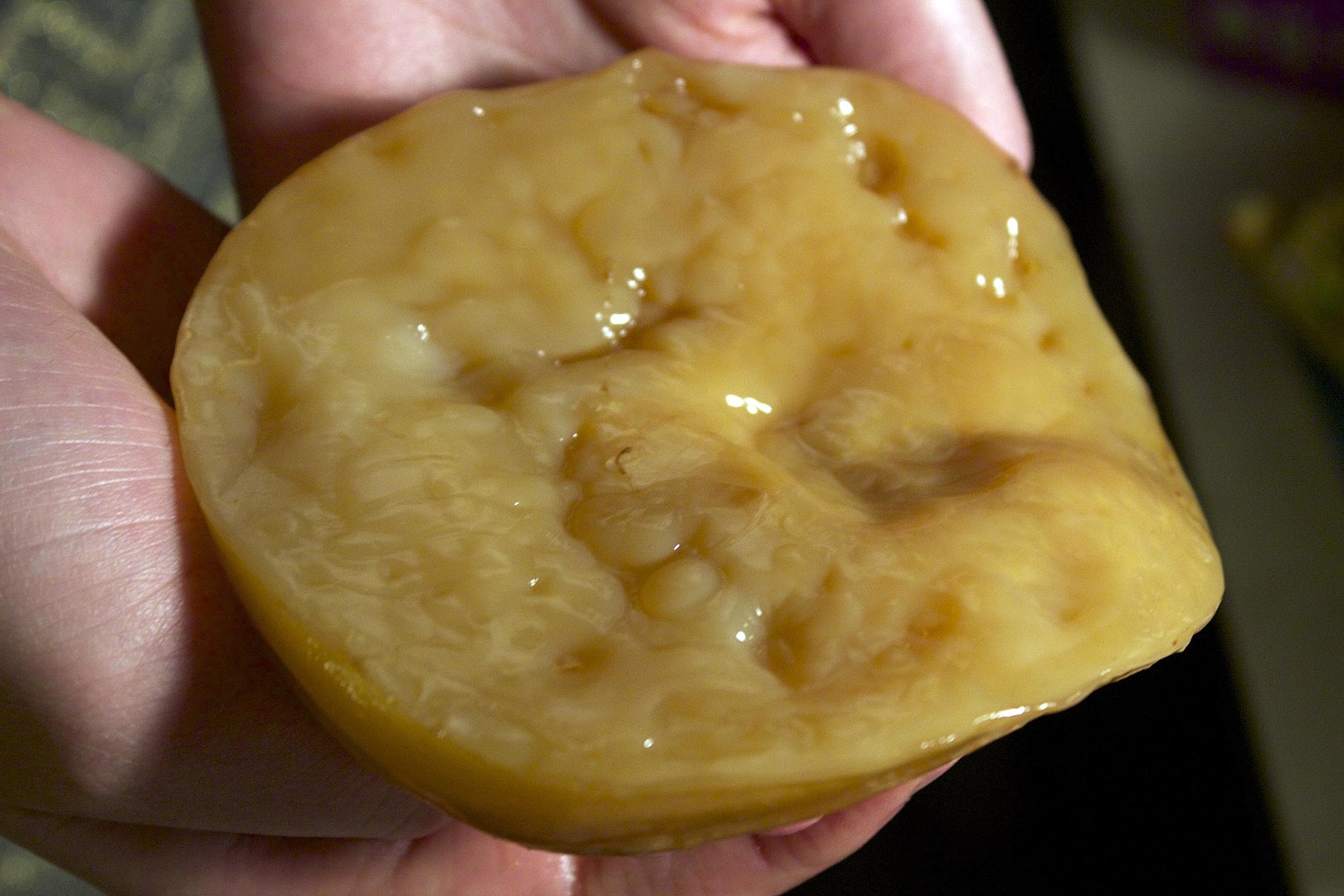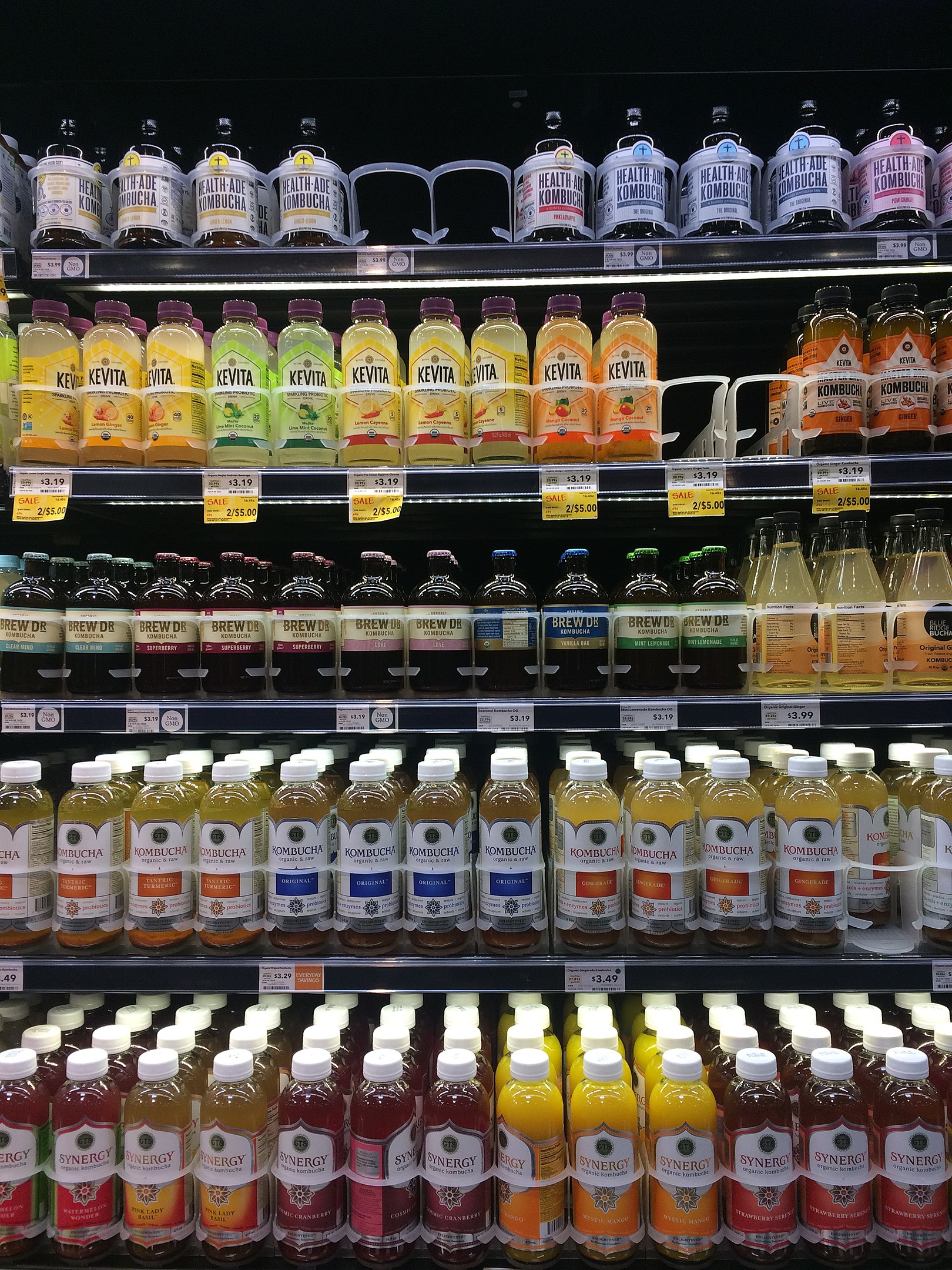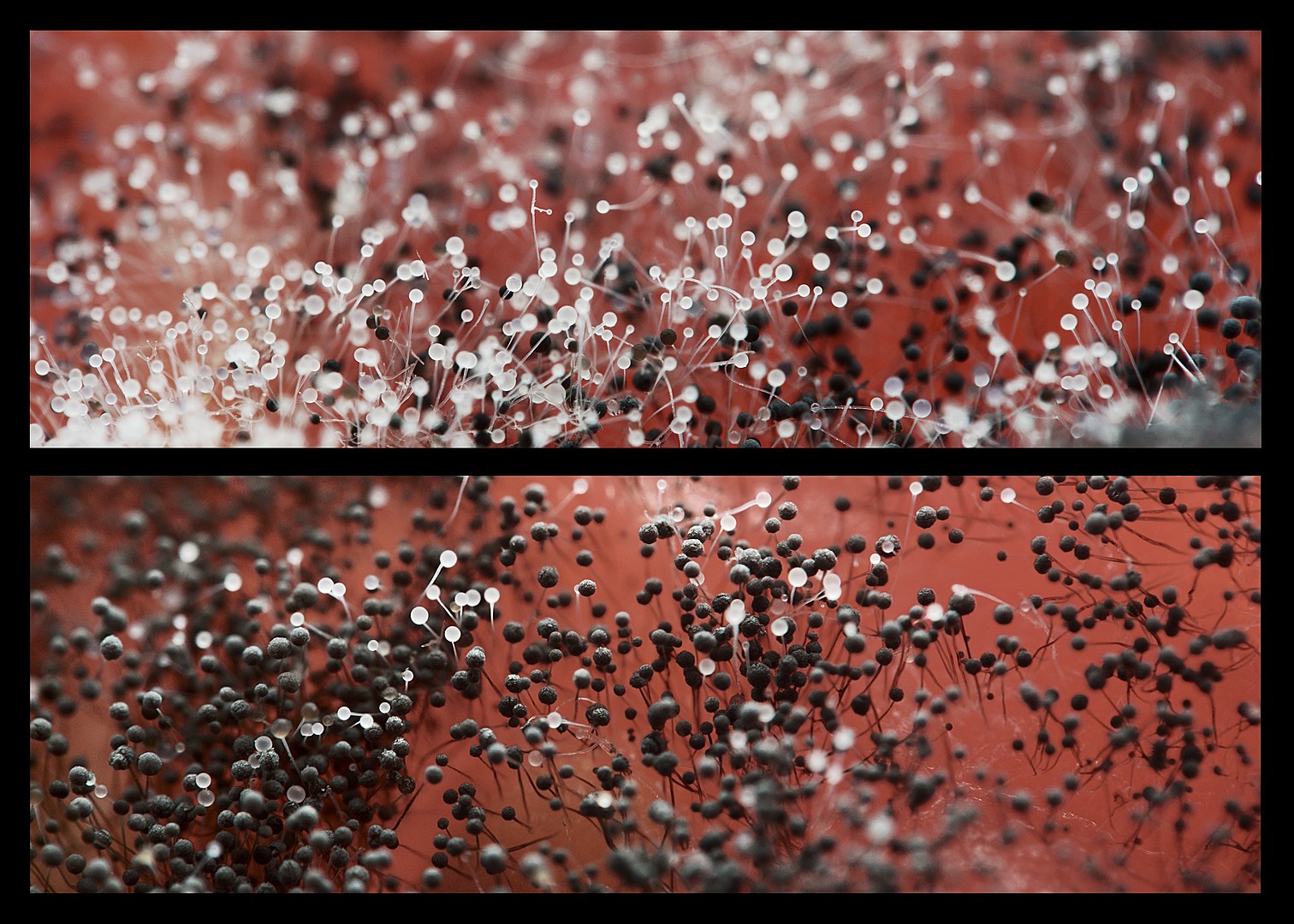
Fitness fads may come and go, but kombucha is one of the many “miracle” products that people continue to swear by. With its strong, distinct flavor, you may love it or hate it. Despite its unique flavor profile, many lifestyle enthusiasts have embraced kombucha as their go-to drink or healthy liquor alternative. Essentially creating a subculture of its own, some people may even pursue kombucha making as a hobby. However, is it really as good for you as people say it is? Find out the real deal behind this drink with these kombucha facts.
- Kombucha usually contains only 0.5% of its volume in alcohol.
- Regular kombucha can only have a maximum alcohol content of 1 proof in the USA.
- Kombucha SCOBYs come in 4 different types.
- For the average person, the recommended intake of kombucha is two 8-ounce (240-ml) servings a day.
- Sales of the drink amount to around $700 million a year in the US alone.
- Manchurians first made kombucha around 220 BC.
- Consumption of the drink then spread south into China over the following centuries.
- The Japanese first began drinking kombucha around 414 AD.
- Russians became the first Europeans to start drinking kombucha at the start of the 20th Century.
- From Russia, kombucha slowly became known and drunk across Europe over the following decades.
- The commercial production of kombucha in the USA began only in 1995.
- Homebrewed variants of the drink also exist around the world.
- The US Food and Drug Administration (FDA) recommends a maximum daily limit for consumption of the drink at 4 ounces.
- Health experts discourage people with immune system disorders from drinking kombucha.
- They also advise against pregnant women or those that just gave birth from drinking it.
- Kombucha’s place of origin gave it the alternative name of Manchurian mushroom tea.
- An average serving of kombucha usually only has a total of 30 calories.
- In its virgin form, the drink has no fat or cholesterol.
- Its protein and sodium content is virtually nonexistent.
- Additional flavors added to the drink will change its nutritional content.
The name kombucha is actually a Japanese word.
In the Japanese language, kombucha actually refers to kelp tea. However, scholars believe that Westerners generally applied the Japanese word to all kinds of fermented tea, regardless of their ingredients. Meanwhile, others believe that the misapplication comes from how the jelly used in making kombucha looks like seaweed.
Kombucha also refers to the yeast and bacteria culture used to make the drink.
Kombucha brewers usually call it the ‘mother,’ though scientists call it Scientific Culture of Bacteria and Yeast (SCOBY). Many different species of bacteria and yeast make up the SCOBY, some of which also help make vinegar. The bacteria and yeast work together to break down sugar into a mix of alcohol and weak acids that give kombucha its distinct flavor and properties.
Simple sugar water makes up the base for kombucha.
Both commercial and home brewers boil the water first before adding the sugar. The water must not contain chlorine or disinfectants of any kind, as it would kill the SCOBY and prevent it from making kombucha. The brewers would then steep tea leaves in the hot water after the sugar has dissolved.
Once they have the proper flavor for the tea, the brewers remove the leaves and then cool the tea before adding the SCOBY.
Brewers usually choose green or oolong tea leaves for kombucha.
Historically speaking, these tea leaves are kombucha’s traditional ingredients. Scientifically, other tea leaves would also trigger side-effects with the SCOBY that could ruin the whole brew. Thus, brewers at home or in commercial plants don’t usually make kombucha with anything other than green or oolong tea leaves.
SCOBY takes time to produce kombucha.
Typically, it takes between 10 to 14 days to finish brewing kombucha. When a second SCOBY forms under the first one, brewers have to watch out for mold. Once they achieve the flavor that they want, brewers would remove the SCOBY and chill the nearly-finished kombucha for a few more days. This allows the flavor to settle, and grow stronger from the leftover yeast and bacteria in the liquid.

Kombucha needs to breathe while brewing.
To achieve the chemical reactions needed for kombucha, SCOBY needs sufficient oxygen. That said, the brew also needs to be covered to keep contaminants from the air and insects from getting to the brew. Brewers thus cover their brews with a fine cloth to protect them while also letting the SCOBY have air to breathe.
Commercial brewers always use glass containers when making kombucha.
They never use ceramic or metal containers and warn against homebrewers using them. The acids in kombucha could leach toxic chemicals from the ceramic, as well as heavy metals like lead from metal containers. If any of these harmful elements contaminate the brew, it may fatally poison whoever drinks it.
Brewers carefully watch the temperature when making kombucha.
When kombucha gets exposed to too much heat or cold, it could introduce mold and ruin the whole mix, forcing the brewer to dispose of it. Typically, your kombucha must sit in temperatures between 18 and 26°C for the best results. Even after it finishes brewing, brewers still recommend keeping the drink chilled at around 4°C.
Brewers also carefully watch their brews’ acid levels.
If kombucha’s acid content gets too high or too low, it would ruin the brews’ flavor or even make it dangerous to drink. As a fermented drink, kombucha usually has a pH level between 2.5 and 4.2. Typically, any brew that goes beyond those limits automatically get thrown away. For reference, stomach acid has a pH level of 1.5, while water has a pH level of 7.
Most commercial brewers don’t sell alcoholic kombucha.
Since SCOBY produces kombucha through fermentation, the drink will always have a little alcohol. However, the drink usually has less than 1% alcohol in its mix. At one point in 2010, several commercial brewers had to remove their products from stores when they discovered that their products had high alcohol contents. After the incident, they adjusted their brewing techniques to keep alcohol levels to a minimum.

You can still buy alcoholic kombucha.
Although heavily regulated, alcoholic kombucha can still be sold commercially. For one, retailers have to label the drink as “hard” kombucha. Usually, these versions of the drink have alcohol levels of up to 5% of their volume.
Kombucha tastes a bit like vinegar.
Specifically, it tastes like weak vinegar, with a sharp and tangy effect. Drinkers have commented that the drink could come off as too strong to people used to sweeter drinks. This has led to varieties of kombucha with additional flavoring to appeal to a wider market. These varieties include added fruits for the sweeter side of things or even herbs for more soothing flavors.
Kombucha does have nutritional value.
The bacteria and yeasts leftover from the SCOBY count as ‘good’ microorganisms that live in your intestines. These substances help prevent indigestion and constipation among other complications, even reducing the risk of gastrointestinal diseases. Generally, kombucha also includes antioxidants, B vitamins, and even a small amount of minerals good for the drinker’s health.
Some people claim kombucha has therapeutic value.
Many people advocate that the drink has positive effects for people with certain conditions. These ailments include heart disease, hypertension, obesity, and cancer. Upon close study, kombucha has proven to have therapeutic effects on animals. However, testing on human volunteers failed to replicate the results. This has led to medical professionals warning against the therapeutic claims for drinking kombucha.
Some people have allergies to kombucha.
Kombucha allergies mostly manifest in mild symptoms such as head and neck pain, or nausea and vomiting at worst. In extreme cases, serious reactions can happen, such as jaundice or the yellowing of the skin from liver issues.
Homemade kombucha has risks of its own.
Even commercial kombucha can have risks, though less so compared to homemade variants of the drink. In particular, wild yeasts or bacteria can contaminate the brew, usually from improperly-sanitized equipment. Toxic mold can also contaminate the brew, which can damage the liver and kidneys and cause serious complications.

Drinking too much kombucha can be really bad for you.
Despite generally having weak acids in it, too much intake can still damage your body’s systems. In particular, lactic acid from kombucha can build up in the blood, resulting in metabolic acidosis. Potentially fatal, this condition can damage your kidneys and other essential organs.
Medical professionals discourage young children from drinking kombucha.
Typically, health professionals don’t recommend children below 4 years-old to drink kombucha. For little kids, their immune system might not be able to metabolize the yeast and bacteria in kombucha properly. This could either result in gastrointestinal infections or very serious allergic reactions.
People can make cloth from kombucha.
If you dry out the SCOBY used to make the drink, you would have a leather-like cloth called microbial cellulose. Usually dyed with organic, plant-based dyes, it has found a use in the market for making seamless clothing.

Kombucha cloth has more applications than for clothing.
In particular, doctors have discovered that using kombucha cloth for burns causes faster healing and less scar tissue compared to using gauze. They think that the cloth’s ability to hold more water than gauze helps keep burns moist but sterile. Not only does this encourages faster healing, but it also reduces scarring. Today, doctors also study the possibility of using the cloth for bone and tissue grafting.
Was this page helpful?
Our commitment to delivering trustworthy and engaging content is at the heart of what we do. Each fact on our site is contributed by real users like you, bringing a wealth of diverse insights and information. To ensure the highest standards of accuracy and reliability, our dedicated editors meticulously review each submission. This process guarantees that the facts we share are not only fascinating but also credible. Trust in our commitment to quality and authenticity as you explore and learn with us.


